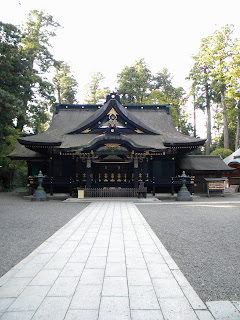“Embodying classical aesthetic, music and culture, Benjamin Skepper is a musician with an extraordinary sense of the contemporary” (M. Pugliese, Director Museo 900 for Rolling Stone Italy).
A child prodigy, who commenced his classical music education at two years of age, Benjamin began touring at seven years old as a solo pianist, boy soprano, ballet dancer and the youngest self-taught harpsichordist in Australia. He embarked on his first international solo piano tour at 10 years old, performing a Mozart concerto with full orchestra in New Zealand. His passion for music continued with studies in the violoncello, and he toured and performed with symphonic and chamber orchestras nationwide.
Alongside his two decade long professional classical career, Benjamin also completed an Arts/Law degree with Honours at the University of Melbourne, majoring in Public and International Law and Human Rights, specfically focusing on Children’s Rights. He has since been actively involved in human rights and children’s policy, working and travelling extensively in Asia and Europe, volunteering with NGOs in Cambodia and donating his work to organisations such as Médecins Sans Frontières and The Red Cross Japan. Benjamin moved to Tokyo in 2007 as a litigation and dispute resolution solicitor with an international law firm. All the while, he continued to explore music, contemporary composition, performance and multi media art forms.
Establishing his second base in Tokyo under the umbrella of his creative production think-tank “contrapuntal”, his arts practice encompasses commissions, multi media installations and live performances, composition, recording, and production across multiple genres, juggling independent creative practice with commercial outcomes for corporate clients, record labels, and film makers.
Benjamin has also worked extensively with the fashion industry, presenting at Milan, Paris, Tokyo and Melbourne Fashion Weeks as a performer, creative director and muse.
In 2008, Benjamin launched his independent record label under contrapuntal, releasing five self-produced solo albums, and collaborating with world famous record labels, such as Colombia Music and Ninja Tunes. Notably, he participated in a sound-art exhibition in Tokyo with Yoko Ono on the back of artist features for Rolling Stone Italy and Russia, AMICA Italy, GQ Japan and a recent music video exclusive with VICE I THUMP Australia.
In expanding his practice into the field of contemporary art, he has presented performance art works and sound installations at the Museo del Novecento (Milan), “Culture Warriors”, Australia’s first Indigenous Art Triennial at the National Gallery of Australia (Canberra), as artist-in-residence at “No Mans Land” (French Embassy, Tokyo), “Sight & Sound: Music & Abstraction in Australian Art” at the Arts Centre (Melbourne), “Rooms”, Japan’s premier International Fashion and Design Fair (Tokyo), “Art After Dark” for the National Gallery of Victoria’s exhibition Napoleon: Revolution to Empire (Melbourne), and as a headline artist at MONA FOMA 2013, dubbed a festival highlight by curator Brian Ritchie. Most recently by invitation from The Hermitage Foundation, Benjamin performed for the parallel program opening of Manifesta 10, The European Biennial of Contemporary Art in Saint Petersburg, Russia.
Complementing his arts practice Benjamin also works in cultural advocacy. As a Cultural Ambassador to Russia, his first posting was with the City of Melbourne, with a mandate to report on the Saint Petersburg arts and cultural scene, and identify possible collaborations and international exchange opportunities. Since published by the Saint Petersburg City Counil, Benjamin is working with the Australian Ambassador to Russia, to co-develop an artist in residency program, as the first artist in residence in Australian history at the Ambassadors residence in Moscow. The State Conservatory of Music in Saint Petersburg has also offered Benjamin a Creative Fellowship for his ambitious contemporary composition projects.
At the core of his practice, Benjamin is committed to self initiating projects and world travel in order to explore interdisciplinary collaborations in sound, architecture, science, fashion and art, and using these projects to promote global diplomacy. 2015 started with a Space Art commission “Forever Now”, where his audio artwork was transmitted into outer space at MONA FOMA, a sequel to the 1977 NASA Voyager Golden Records mission. This is followed by his next sound art exhibition in Chelsea, New York.
























